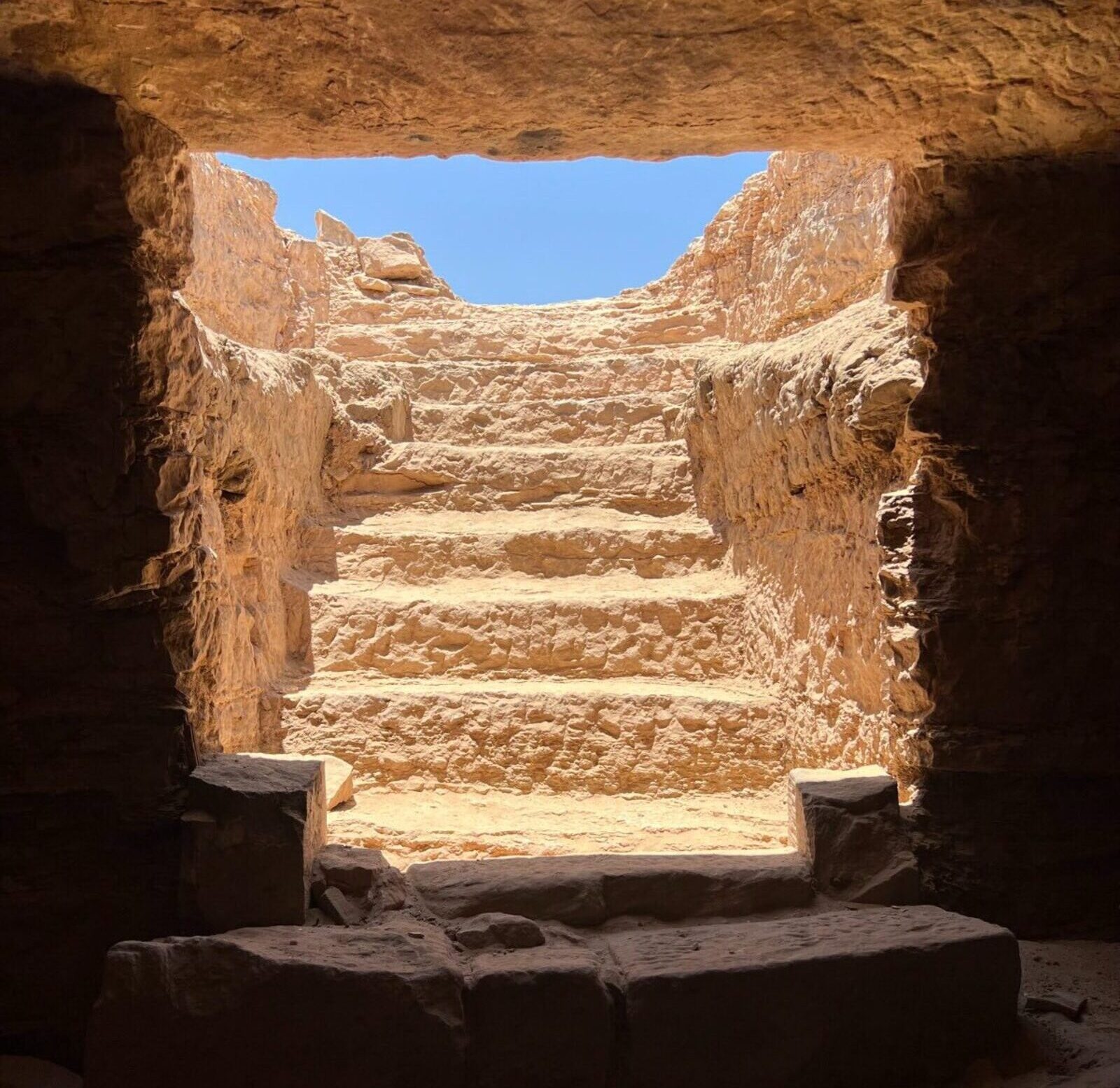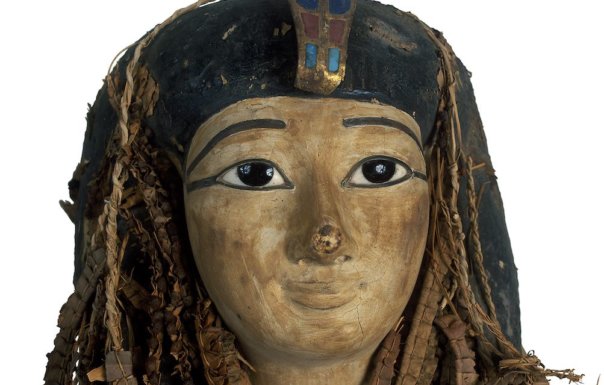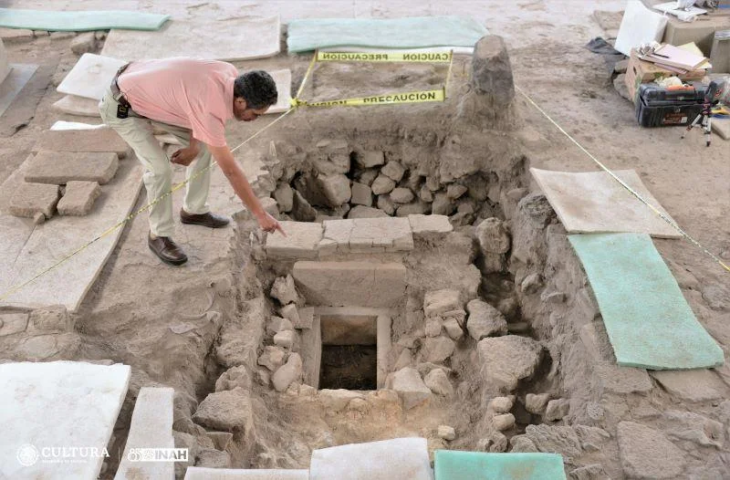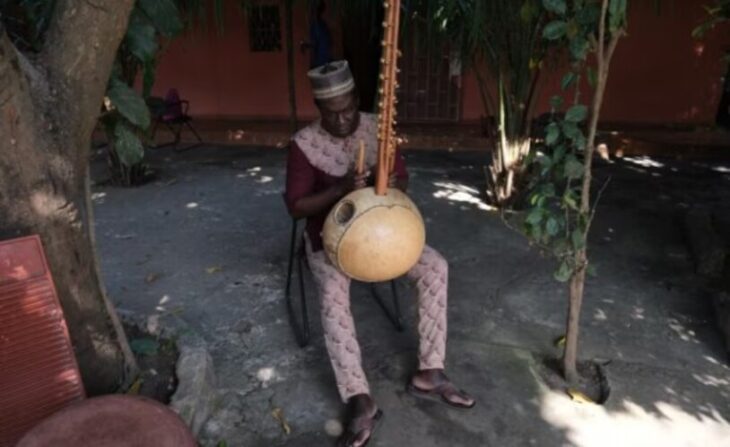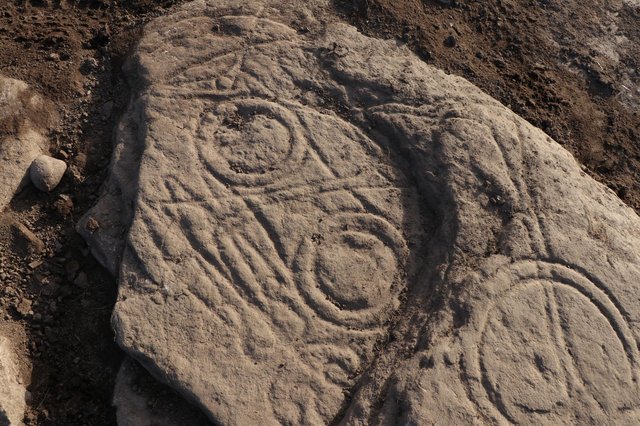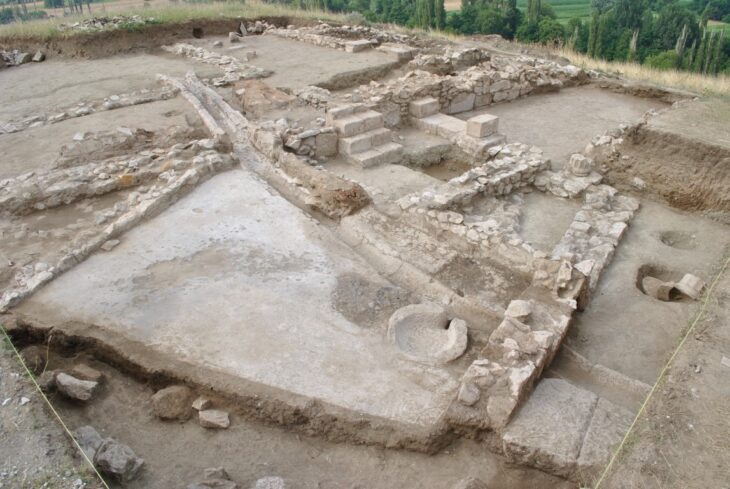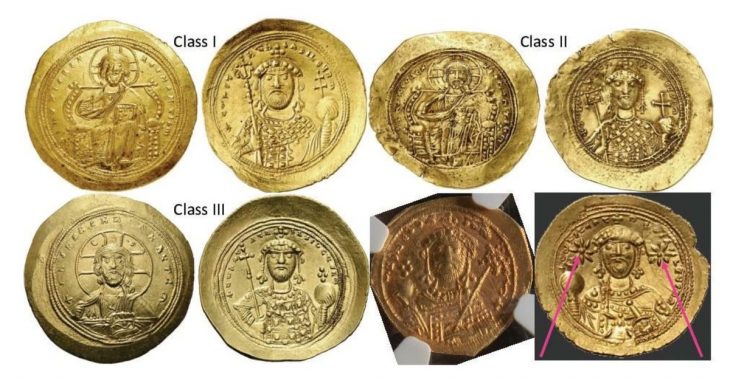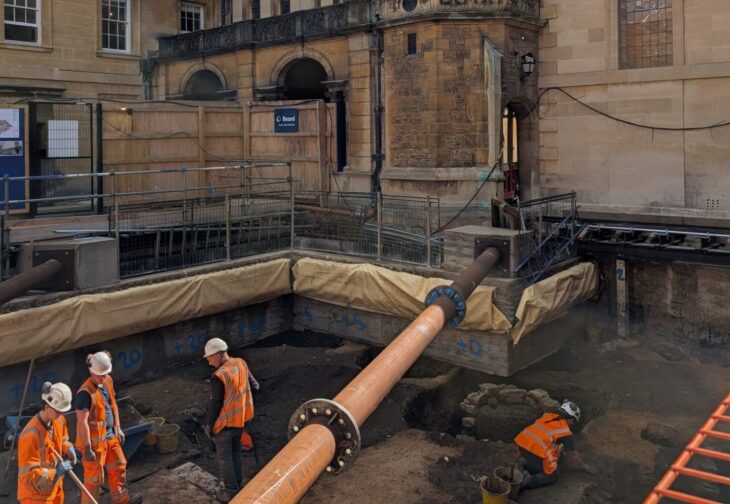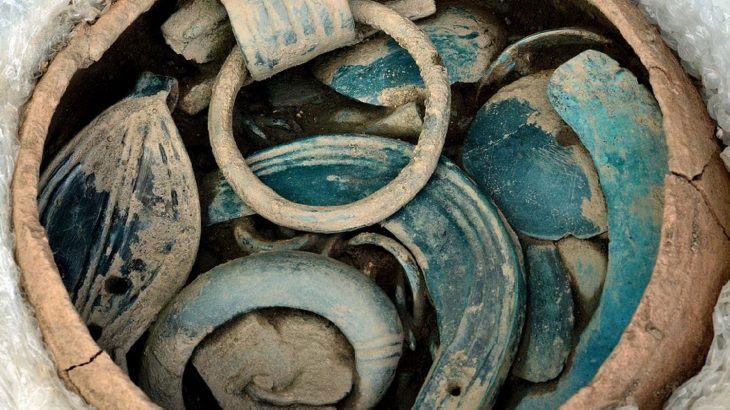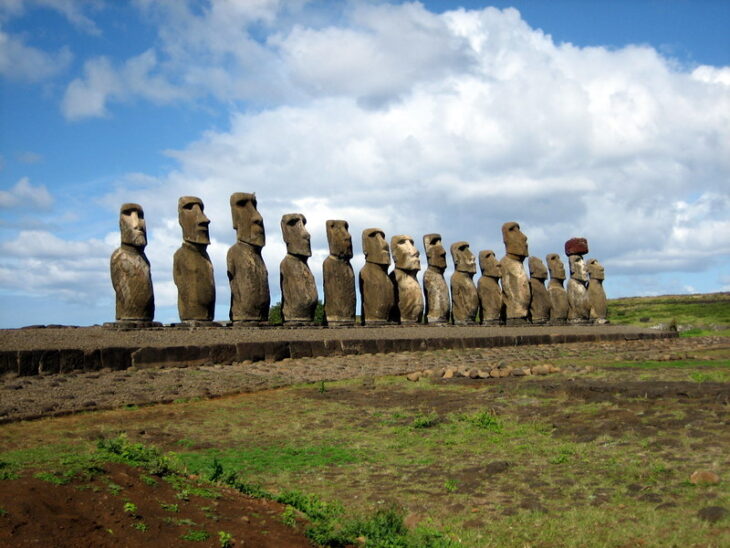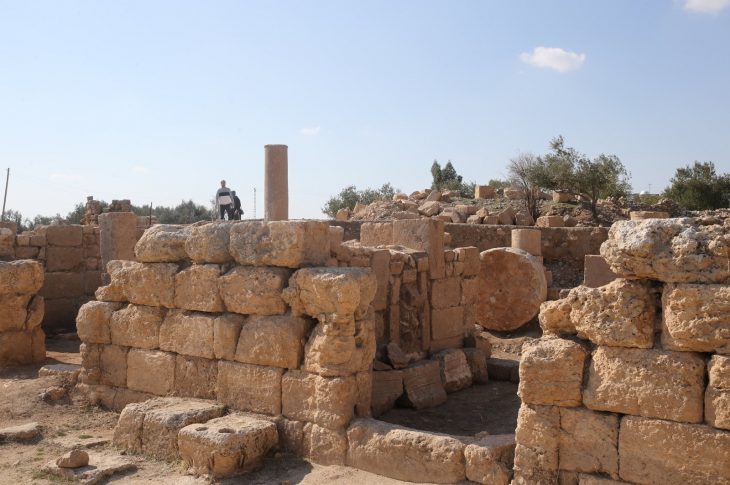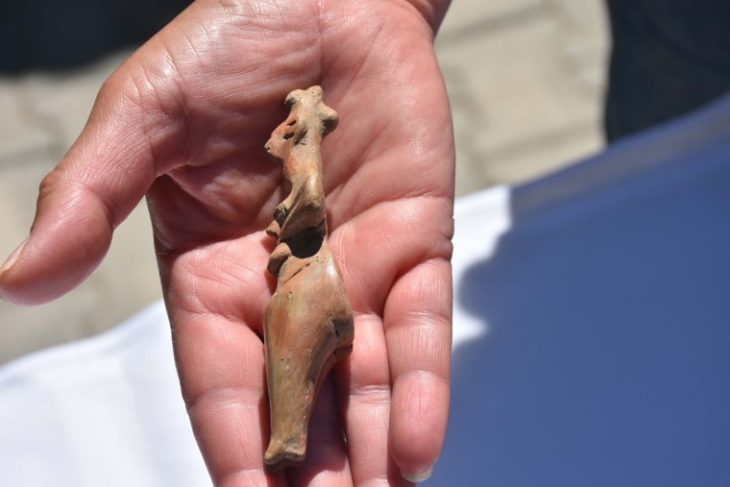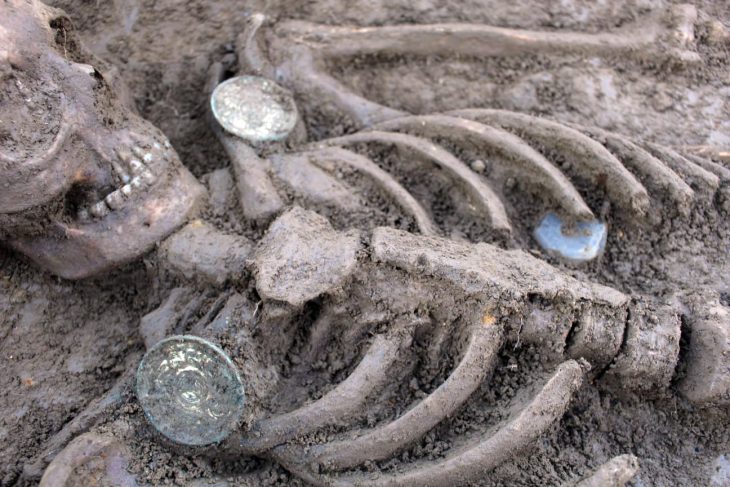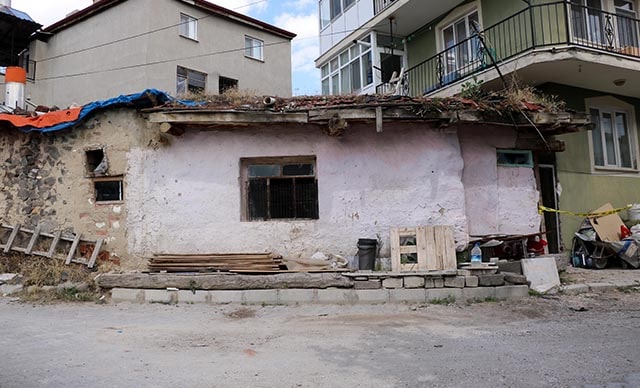A joint Egyptian-Italian archaeological team has unearthed a significant collection of ancient rock-cut tombs near the Aga Khan Mausoleum on Aswan’s West Bank, shedding new light on burial practices during the Greek and Roman periods in Egypt. The discovery, led by the Supreme Council of Antiquities and the University of Milan, includes a remarkably preserved limestone sarcophagus, hieroglyphic inscriptions, and several mummified remains—including children.
Among the most striking finds is Tomb 38, carved deep into the hillside and accessed via a nine-step staircase flanked by adobe offering platforms. Inside the chamber, archaeologists discovered a 2-meter-tall limestone sarcophagus, intricately carved with the likeness of a high-ranking official named Ka-Mesio. The sarcophagus lid features a sculpted human face adorned with a traditional Egyptian wig and fine gold decorations.
Flanking the sarcophagus are two vertical columns of well-preserved hieroglyphic inscriptions, invoking local Aswan deities and referencing Ka-Mesio’s family members. These inscriptions offer valuable insight into funerary traditions, religious beliefs, and personal commemoration practices during the Ptolemaic and Roman periods.
Excavation leader Dr. Patrizia Piacentini and Egyptologist Fahmy Amin confirmed that the tomb’s architecture—complete with rock-hewn platforms and strategic use of natural terrain—reflects the adaptation of Egyptian burial customs under foreign rule.
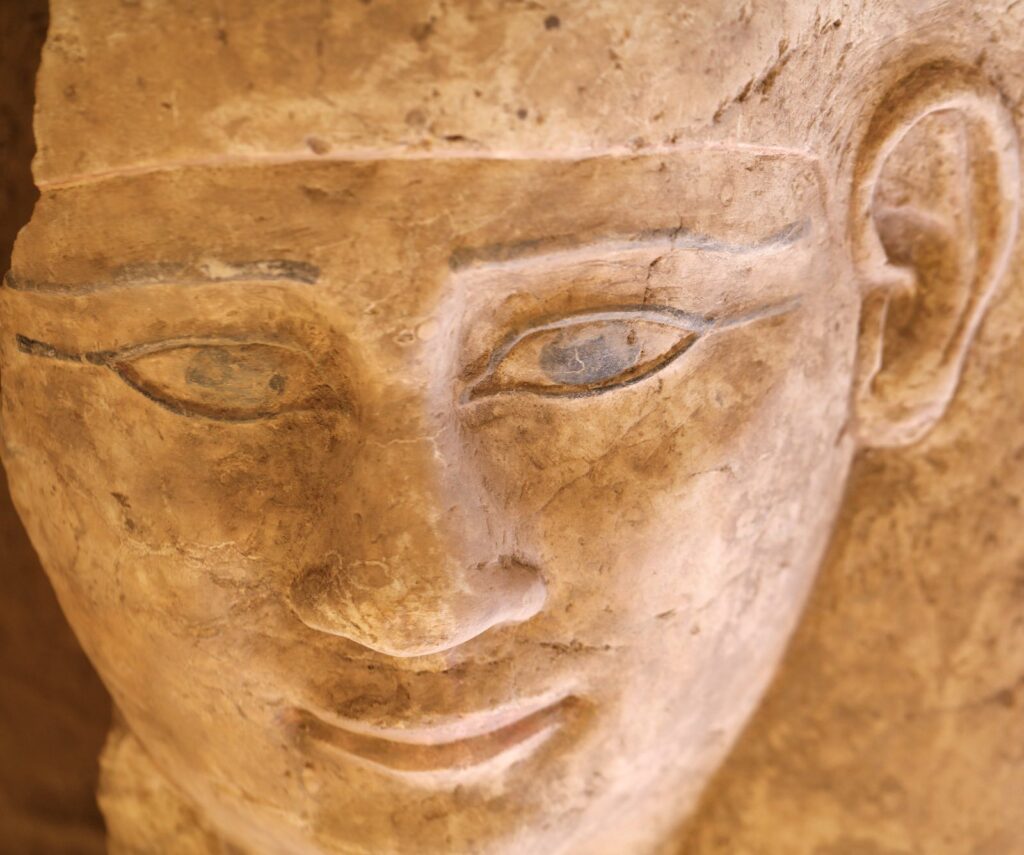
In addition to Tomb 38, the team uncovered multiple burial chambers across the necropolis, revealing a stratified social landscape: affluent families were interred in elevated areas of the plateau, while middle-class tombs were constructed along the slopes. Several mummies of children were also recovered, suggesting prolonged familial use of the tombs across generations.
📣 Our WhatsApp channel is now LIVE! Stay up-to-date with the latest news and updates, just click here to follow us on WhatsApp and never miss a thing!!
“These findings enrich our understanding of the cultural diversity and continuity of ancient Egyptian civilization,” said Egypt’s Minister of Tourism and Antiquities, Sherif Fathy. “Aswan continues to be a treasure trove of archaeological heritage.”
Medical imaging and biological studies are scheduled for the coming autumn season to further analyze the mummified remains. Researchers hope to uncover information about the health, genetics, and causes of death of the individuals buried within the complex.
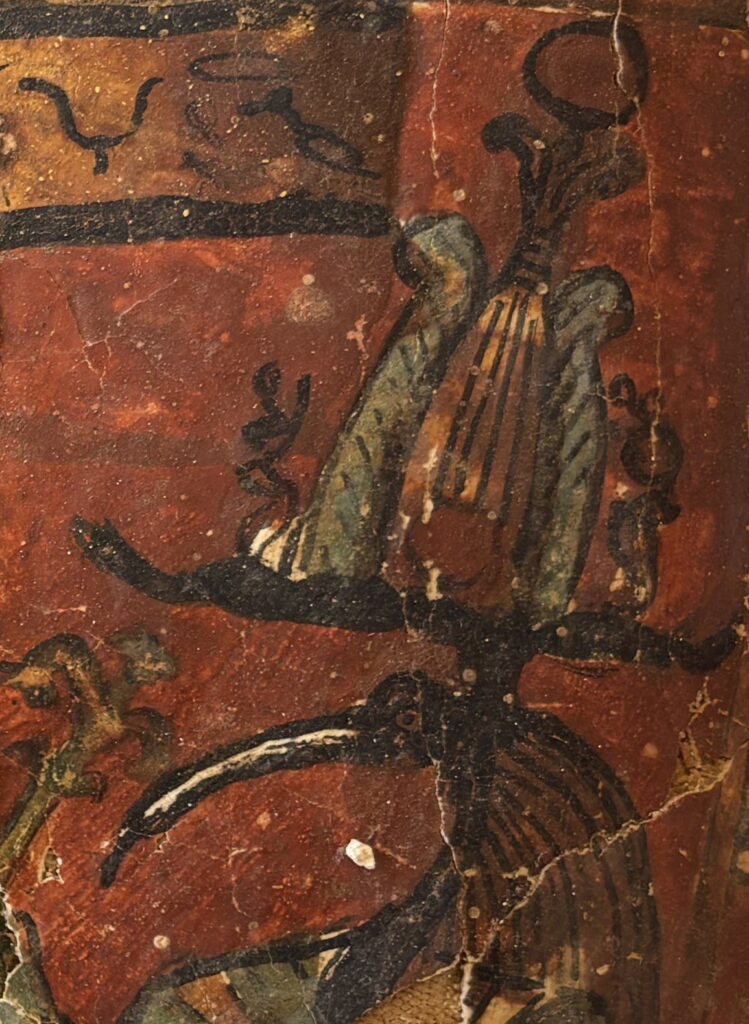
Mohamed Abdel-Badie, head of Egypt’s Antiquities Sector, noted that earlier excavation seasons revealed additional tombs and funerary terraces in the nearby Sidi Osman area, characterized by unique architectural adaptations to the rocky desert terrain. Many of the tombs from the Ptolemaic period were later repurposed during the Roman occupation, a testament to the region’s enduring significance across centuries.
Since its launch in 2019, the joint archaeological mission has continued to make strides in documenting Egypt’s mortuary legacy, contributing critical knowledge to the study of ancient Mediterranean civilizations.
Ministry of Tourism and Antiquities of Egypt
Cover Image Credit: Ministry of Tourism and Antiquities of Egypt

